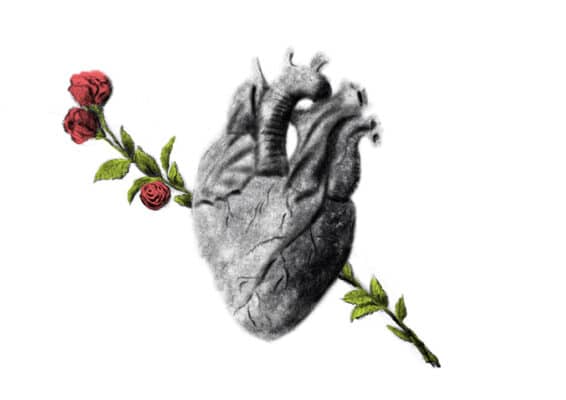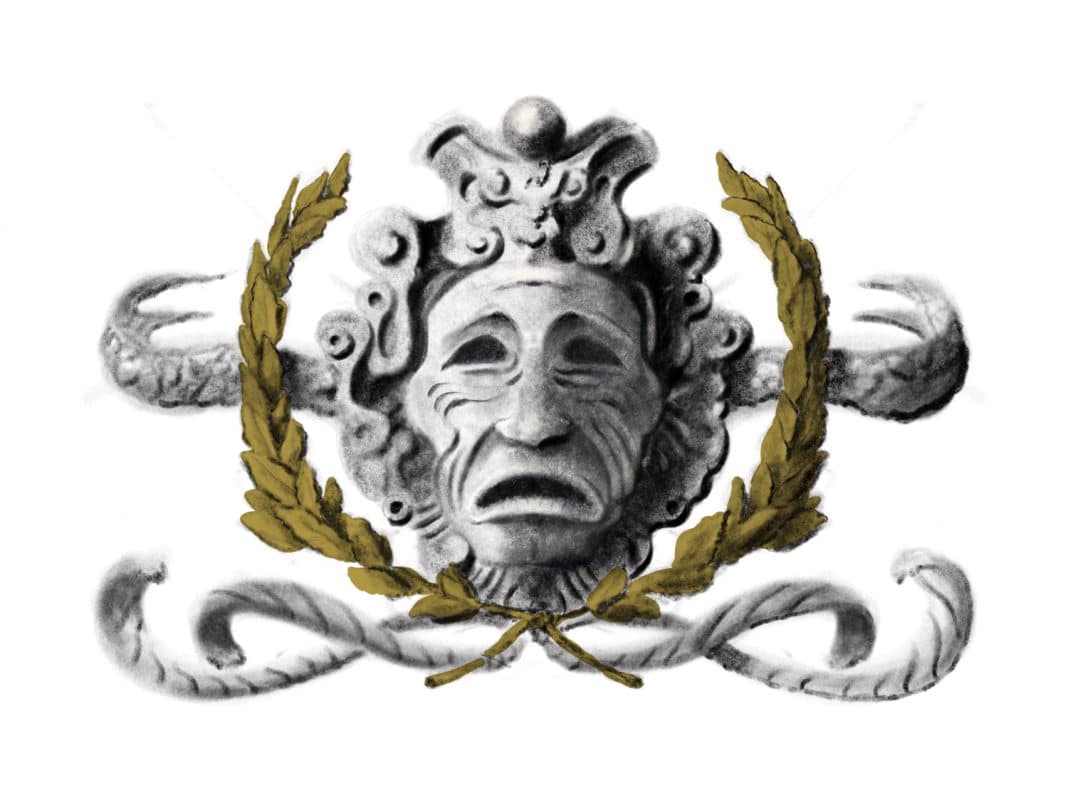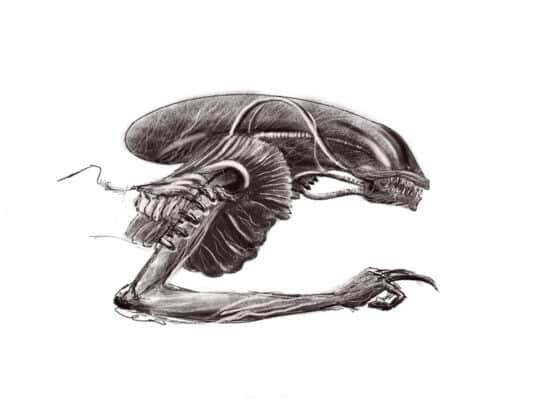
The heart: an eternal symbol from ancient history
The heart: an eternal symbol from ancient history 22/08/24 SUMMARY The heart is an element with countless nuances, meanings that have evolved over the centuries
BLACK FRIDAY – Only for Newsletter subscribers
Would you like to receive your order by CHRISTMAS? Make your purchase by December 1st.
Would you like to receive your order by ❤️ VALENTINE’S DAY? Make your purchase by January 25th.
CHRISTMAS CLOSURE – New orders will be processed from 8 January 2025
SUMMER CLOSURE 2024 – New orders will be processed from 19 August 2024 – 10% on the entire Shop

I don’t know if it has ever happened to you, but it happens sometimes that, completely out of the blue, a spark, mysterious and unpredictable, is ignited in our minds from which an idea is born. “Eureka!” the great Archimedes used to shout when it happened to him and, inexplicably, what he could not understand before became clear and logical to him.
Thus the whole thing would result in an extraordinary invention or the solving of a complex puzzle. It often happens to me that, while walking down the street, reading a book, listening to a song or watching a movie, something lights up in my head and, out of nowhere, an ‘idea is hatched: it may be phrases, inspiration for lyrics or real concepts, which, if before I was struggling to understand or connect with other thoughts, now become clear and perfectly coherent with each other.
It is a strange phenomenon to explain, something typically and uniquely human that I like to call “Spark of Genius.” Even the Ancients, even before Archimedes’ Eureka, wondered where this ‘sudden inspiration came from and, of course, they saw in the Spark of Genius a divine origin: the Muses.
Are you wondering who these Muses were? Undoubtedly they were among the most interesting deities in ancient mythology, so much so that, even with the passage of time, Western culture continued to see them as protagonists throughout the arts. The Muses, were wonderful creatures, wise and beautiful women, daughters of Zeus and Mnemosyne, the personification of memory. Nine nights together, nine nights on the same bed, nine nights lost in each other’s gaze, from these passionate moments, in which the Lord of lightning and the ancient Memory joined in the act of love, they were born, the Muses, lord of the arts. There came into the world the handmaids of the gods, whose enchanting gifts were responsible for gracing the banquets of Olympus and celebrating the exploits of the Lord of Heaven against the Titans.
Nine, one for each night when the love between their parents was consummated.
Nine beautiful women who, one by one, were given the task of advocating, inspiring and promoting an aspect of art. Let’s learn a little more about the nine sisters and the areas they were protectors of!
“Sing to me, O Diva, of the pelid Achilles.
The wrathful wrath that infinity adduced
mourning to the Achaeans.”
With these eternal words Homer began his first and extraordinary work: the Iliad. But who was he addressing? Who was the “Diva” whom the poet asked to narrate the exploits of Achilles and the Greeks? She was a Muse, more specifically Calliope, the inspiration for Epic Poetry. Today we may not understand its importance, but for the Greeks the Epic was the narration of the battles and heroic deeds of men and peoples and thus represented the narrative in verse of History.
Calliope then, the Muse whose name means “she who has a beautiful voice,” was the guardian of a people’s identity, a theme to which the Greeks were particularly attached, since, being divided into many city-states, they found in their common traditions and roots the glue of Greekness. Calliope, moreover, as her name tells us, was among all the Muses the most skilled in singing, so much so that no one, neither god nor mortal, could match her. She was always depicted holding a tablet to write on, a scroll of parchment, and with a golden crown on her head.
Erato, whose name is derived from Eros, the god of love, is instead the patroness of lyric, love poetry. Always depicted with a wreath of myrtles and roses, holding a lyre (a stringed musical instrument much like a small harp) in her left hand and a plectrum in her right to play, she is considered the Muse of love, the one to whom poets and lovers turned when looking for the right words to seduce their beloved ones.
Clio was the Muse of History, the inspiration of historians and scholars of the past. There is no room for myth, although the Greeks, throughout their history, like all ancient societies, will often tend to mix myth and reality. One would turn to Clio as a wise custodianof historical memory and events in an effort to produce objective and realistic historical essays or texts. She was always depicted sitting and holding a scroll.
Depicted holding the Aulos (the ancient version of the flute), Euterpe was the Muse of music and the patroness of wind instruments. Her name literally meant “she who cheers,” given the fact that the Greeks attached great importance to music and it appeared in a great number of rituals or moments of the day, which were cheered by the harmonic and pleasant sounds of instruments.
Dressed in long, theatrical robes, Melpomene held a bloody dagger and a grim-faced mask. She was the Muse of Song and Tragedy, one of the most beloved types of theater by the Greeks. The Greek Tragedies in fact had great educational value and highlighted how certain cruel behaviors and actions led to ruin. Melpomene was also said to be the mother of the sirens, mythical creatures with the body of a bird and the head of a woman. ( The Siren: history, mystery and legend )
Always portrayed with a devout and contemplative appearance, dressed in a long gown and with a veil on her head, Polyhymnia was the Muse of Sacred Song, the one to whom people turned in moments of prayer and devotion to the gods. It is also often associated with the arts of oratory (an extremely important skill within a democratic and politicized society such as the Greek), geometry, and sometimes history. She is said to be the one who invented the lyre and agriculture and that Eros was her son.
Talia was the Muse of Comedy, also very important among the Greeks, as it often resulted in satire, thus a moment of political contestation. She wore a laurel wreath on her head and a smiling face mask in his hand.
Dance was one of the most important and beloved arts of the Greeks, so much so that, even in Sparta, it was also practiced by men. It gave momentum to the body and coordinated movements, fundamental elements for a warrior. Terpsichore was the protective and inspiring Muse of dance, depicted in the long dress of zither players and always intent on playing her instrument for the dancers.
Urania was the celestial Muse of astronomy and geometry, the one to whom the scholars of the heavens, stars and shapes turned, who has always been depicted wearing a blue dress, a globe in her hands and with various scientific instruments around her.
As mentioned at the beginning, the worship of the Muses in the West has come down to the present day: several times in history they have been invoked by poets and scholars to inspire their actions. Among all of them, we cannot fail to mention Dante, who, though in the midst of the Christian age, at the beginning of the first two canticas asks for the help and support of the deities of the arts. Yet, beyond myths and various cults, the Muses hold within them a message and a lesson that we contemporaries have unfortunately forgotten. In the ancient world, the nine handmaids were often associated with two very particular deities: Apollo and Dionysus.
Why particular? You should know that these gods represented to the Greeks two complementary and, at the same time, contrasting aspects of human nature: Apollo, god of science and the arts, was the representation of rationality and the desire for order and harmony; Dionysus, instead, god of wine, intoxication and ecstasy, represented the irrational and passionate part present in each of us.
The Muses, all together, represent a kind of orchestra complete with dancer; a collection of skilled musicians and singers who synthesize all aspects of knowledge. Music, History, Geometry, Astrology, Poetry–in short, the Muses are the representation of the complex orchestra of human knowledge. Like any self-respecting orchestra, however, our deities need to be coordinated by a conductor, and this role, in the vision of the ancients, could be filled by either Apollo or Dionysus.
Sometimes rationality, sometimes irrationality … it is up to these two great aspects of our nature to govern and set the pace for the action of our knowledge, which can, depending on the “conductor,” juggle in different areas and modes. For the Greeks this was the norm, and in order to generate a virtuous soul, they were certain it was necessary to find the right fit between the Apollo and Dionysus present in each of us. Both reason and passion have a duty to be cultivated and stimulated and at the same time moderated and controlled. Well, since history is a teacher of life, we should learn that if we give too much importance to only one part of us while neglecting another, we will never be able to live fully. Only by taking care of every aspect of our personality and nature as humans will we be able to be “well-rounded” people, capable of living every aspect of life with intensity.

The heart: an eternal symbol from ancient history 22/08/24 SUMMARY The heart is an element with countless nuances, meanings that have evolved over the centuries

What is the Alien, or Xenomorph? Let’s find out its story, the meanings and symbols of the scariest predator in the universe. Anyone who has